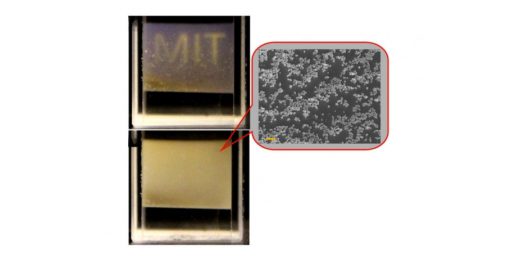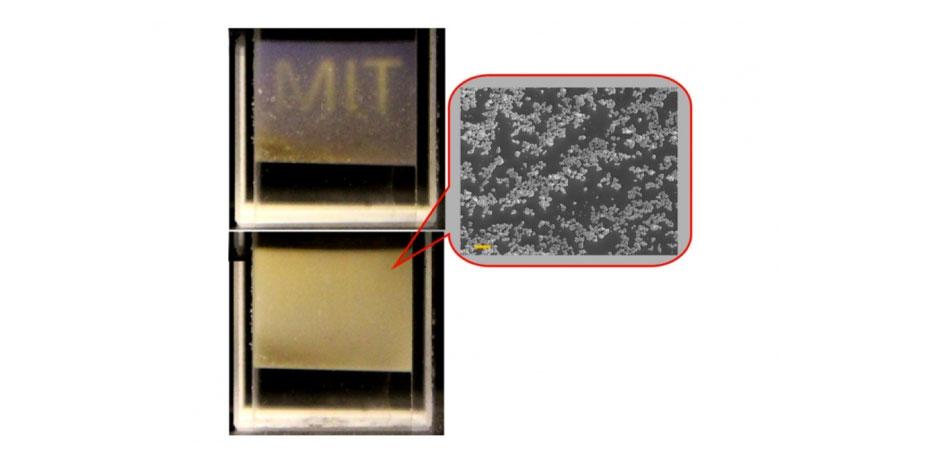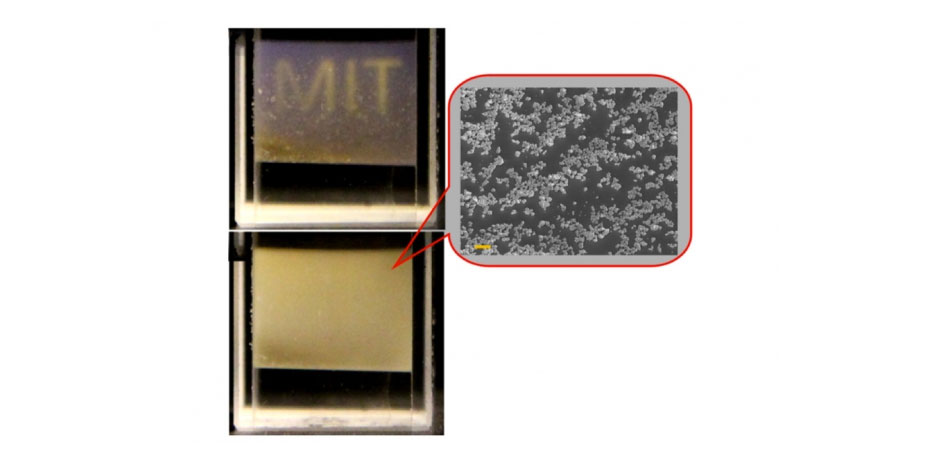Glass particles in liquid could lead to hologram displays
Shine a torch through a window and then a glass of water and you’ll notice how the light changes as it passes through these two substances. Researchers at MIT and Harvard have now discovered what happens when you mix regular liquid and glass (which, as all pedants know, is also sort of a liquid) together and stick it on a stove. The team suspended glass particles in a fluid and found that, when warmed up, its ability to scatter light increased a thousand times. That doesn’t mean much right now, but the development has opened a door for research into holographic displays and medical imaging.
As MIT News explains, a blend of solids and liquids in the same suspension could steer light in different directions at the same time. Let’s imagine that you can create a grid of solids and liquids and each one can be heated to a different temperature with an electrode. It’s possible to have one set of electrodes creating a “foreground” image that pushes light straight at you, while others create the illusion of depth with a “background.” There’s also the potential for the technology to be used in photography, replacing diffuser boxes that help create the illusion of natural light. Just, you know, give the folks at MIT a couple of decades to refine the idea before you start demanding a holographic TV for the family room.
(25)





